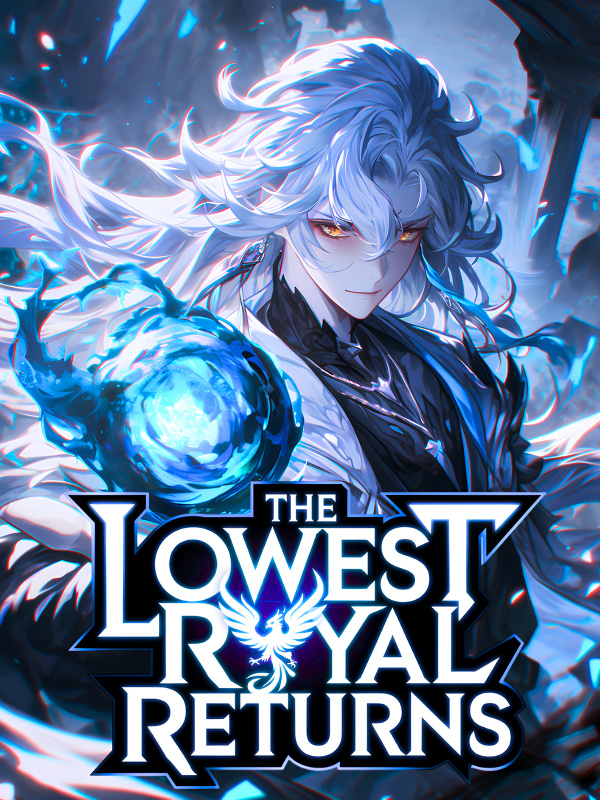©NovelBuddy
Video Game Tycoon in Tokyo-Chapter 712: The Best Monster Hunter
Chapter 712 - The Best Monster Hunter
After the meeting ended, Myron Case went straight to the company's R&D department to oversee development progress.
He had an obsessive standard for product quality.
Even if users didn't necessarily need such high-quality standards—something most companies would just gloss over—he refused to cut corners. He insisted that his products must be the best.
It was likely because of this almost fanatical demand that his products earned so much praise and had become some of the most popular consumer electronics on the market.
As he watched the handheld console market in the gaming industry crumble under his pressure, the lingering frustration he once had with video games began to fade.
Maybe he had overestimated video games after all. People's needs for entertainment were still simpler and more practical. Video games still weren't truly mainstream.
While Myron continued to expand his smartphone empire, he was unaware that Facebook had already assembled a new R&D team of their own.
Their project: developing a proprietary operating system and a smartphone designed entirely by Facebook.
...
...
Initially, other Facebook shareholders were skeptical of entering the smartphone industry.
But recently, they had taken note of how well Myron Case's smartphone business was booming.
Given that, they no longer blocked Bob's efforts to develop a phone under Facebook's name.
At the same time, Takayuki was continuing development on a new home console title.
Even with video games being heavily criticized in the public discourse, reality had once again slapped the critics in the face.
Game sales continued to climb, and society was beginning to acknowledge the value of games.
And Takayuki had no intention of slowing down—he planned to strike while the iron was hot.
His next project: a brand-new Monster Hunter game.
Thanks to prior development experience, the team was now proficient in handling the game's combat mechanics and numerical systems.
By now, Monster Hunter had built a stable core player base—around three to five million fans.
Each new release would attract this loyal group, but after several installments, the series hadn't grown much beyond that.
So far, five entries had been released—roughly one per year.
Following Takayuki's directives, the game had been receiving monthly mid-sized updates, each adding one to three new monsters, along with new gear and combat mechanics.
Every six months, there was a major update—essentially an expansion pack. These not only enriched the game but served as a secondary source of revenue.
More and more single-player game studios had started following this model to increase earnings through expansion content.
Still, under Takayuki's leadership, the team had some integrity. They hadn't resorted to launching half-finished games just to sell overpriced DLCs later.
Despite the consistent updates, the player base remained fixed around the same three to five million since the third game. There had been little breakthrough.
Now, the sixth installment was Takayuki's next major step toward truly industrialized game development.
"Our home console now has greater power. With the help of Unreal Engine, we can create better visuals and more expansive features. I think it's time for a generational leap."
At the game development kickoff meeting, Takayuki stood at the front of the room delivering a speech.
In simple terms, it was a morale-boosting rally.
And it worked well—especially at Gamestar Electronic Entertainment, where most employees were hardcore game lovers willing to do anything to create something better.
Of course, this was also because the company paid them generously. None of them had to worry about money.
"President, could you briefly tell us what direction the new Monster Hunter will take?"
Takayuki paused, then looked at the crowd and said, "Sure. My vision is to create a brand-new Monster Hunter game. This time, our hunting maps will no longer be segmented, boxed-in environments. Thanks to the enhanced capabilities of our console, we're now able to build a much larger and more immersive hunting world. I plan to title this entry: Monster Hunter: World."
In the original timeline, Monster Hunter had two major turning points.
The first was when the series first launched on handheld devices. Its natural focus on co-op multiplayer made it perfect for on-the-go gameplay.
The second turning point was Monster Hunter: World.
This game was the culmination of the series in the modern era.
It was the first time the series broke 10 million units sold.
In terms of difficulty, World was noticeably easier than previous titles.
This time, hunters had more allies during combat.
Even solo players could recruit wild Palicos or small wildlife companions to aid in battle.
Previously, items like whetstones would be consumed after a single use. But in World, they were reusable. Combat animations were also more diverse, and damage was higher—yet still stylish.
This accessibility made the game appealing to a wider audience, helping it join the 10-million club.
Naturally, Takayuki had no intention of missing out on developing this landmark title.
"Monster Hunter... World, huh." The dev team immediately looked down and began taking notes furiously, not wanting to miss a word. They knew Takayuki was about to break down the game's core structure.
"First, the world needs to have vertical complexity—from high to low elevations. And each region's creatures must behave differently. This time, the ecosystem between monsters will be more complete."
Takayuki picked up a marker and began drawing on the whiteboard.
This chapt𝓮r is updat𝒆d by ƒreeωebnovel.ƈom.
"I've mentioned monster ecosystems before, but back then, our console didn't have the power to support so many details. Now it does. We can finally make it happen."
"From small monsters to large monsters—they will each have their own territories. And if another creature enters their domain, it will immediately trigger a conflict."







